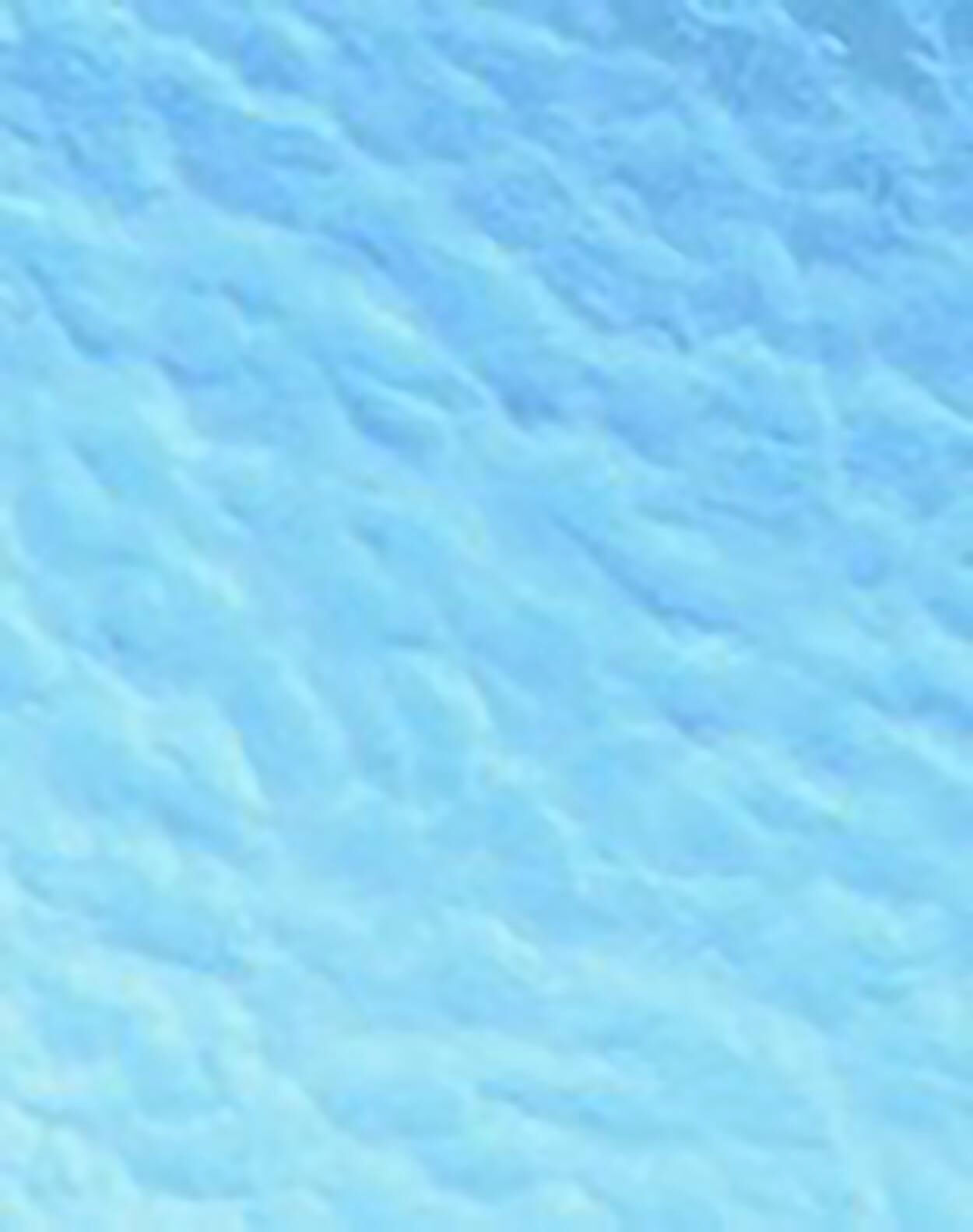
Keloid Scars
Scarring is a natural step of the healing process after trauma to the skin. When your skin is injured, whether by accident or from a surgical procedure, your body works to repair the damage by generating new collagen that forms a scar. Many scars become smaller, smoother and less conspicuous with time, but that is not always the case. A keloid is a type of raised scar that results from an exaggerated healing response. Once it arises, a keloid can enlarge slowly for months or years, growing larger than the original wound.
What Does a Keloid Scar Look Like?
Keloids are large, thickened scars that project outward from the skin and extend beyond the boundaries of the initial injury. They are smooth-surfaced and firm, and may be pink, red, brown or skin-coloured. There is substantial variation in the size and shape of keloid scars. Some can become bulbous and disfiguring, causing emotional distress and potentially restricting movement.
What Causes Keloid Scars?
The cause of this type of abnormal scarring is not completely understood. Not everyone who gets a scar will form a keloid. Keloid scarring most often develops as a result of excessive collagen production after a skin injury such as a cut, burn, piercing, tattoo, acne, injection or surgery. A keloid usually takes time to emerge after the injury takes place, appearing gradually over the course of months. The original wound does not have to be significant for a keloid scar to form. In very rare cases, keloid scars can appear spontaneously.
Where Do Keloid Scars Tend to Develop?
Keloid scars can occur anywhere, but certain areas of the body are more prone to keloid development. These include the ear lobes, shoulders, chest, upper back, elbows and knees.
Who Is More at Risk of Developing a Keloid Scar?
Genetics, ethnicity, age, wound location and the type of injury all play a role in the kind of scarring that occurs. Those who are particularly at risk for keloid scarring are:
- Individuals with a personal history of keloid formation
- Individuals with a family history of keloid formation
- Individuals with skin of colour
What Problems Can Occur With Keloid Scars?
Keloid scars are mostly a cosmetic concern. They do not turn into skin cancers or pose a threat to your general health. However, some keloids cause itching, pain and a tight pulling sensation in the skin. If the keloid forms over a joint or covers a large area, it can make it harder to move that part of the body.
Will a Keloid Scar Go Away on Its Own?
A keloid scar will not resolve spontaneously. It can be improved with treatment by a specialist dermatologist.
How Is a Keloid Scar Diagnosed?
Professional assessment is essential for appropriate diagnosis and treatment of a scar that causes concern. A dermatologist can usually diagnose keloid scarring with a visual examination. A skin biopsy may be required to confirm the diagnosis in some circumstances.
How Can Keloid Scarring Be Prevented?
Keloid scars can be challenging to treat. If you scar easily, prevention of keloid formation will yield the best outcomes. The risk of keloid scarring can be reduced by:
- Avoiding planned injury to the skin (e.g. tattoos, piercings, cosmetic surgery)
- Treating skin conditions, such as acne, that occur on keloid-prone areas
- Using techniques that reduce tension on the skin after surgery
- Administering intralesional steroid injections at the time of surgery
- Applying silicone gel topically to the healing skin
How Can a Keloid Scar Be Treated?
Patients interested in reducing the visibility of existing keloid scars have various treatment options:
- Intralesional steroid injections
- Intralesional 5-fluorouracil injections
- Injection with a combination of the above two agents
- Vascular laser treatment to address the inflammatory component of the keloid
- Resurfacing lasers including CO2 laser and or 1927nm thulium laser
- Long-term use of pressure dressings and silicone sheets or gel
- Steroid ointment applied under occlusion to reduce itch and flatten the scar
- Surgical excision combined with intralesional steroid injection when conservative measures are inappropriate or ineffective
- Radiotherapy
A combination of treatment modalities often achieves the best result. It is sometimes necessary to treat the underlying cause of the keloid (e.g. folliculitis) with prescription medications together with one or more treatments that address the scar itself. No single approach is best for all keloids; a customised treatment plan from a medical professional with extensive experience in scar identification and management will provide the most favorable outcome. Call Northside Dermatology on 03 8582 8688 to schedule an appointment with a consultant dermatologist.
Send us a message
Contact Us
Hours of Operation
Monday - Friday, 9am-5pm
Phone Number
Fax Number
Emails
Medical Enquiries:
reception@northsidedermatology.com.auLaser & Cosmetic Enquiries:
cosmetic@northsidedermatology.com.au